In this digital-first world, social media has evolved beyond a channel to promote business visibility. Today, brands, marketers, and content creators compete for greater market attention, engagement, and conversions. All of this is possible because billions of users globally scroll through their social media feeds daily. Even minor tweaks to your content can give you jaw-dropping results. But how do you know which creative message or timing will resonate with your audience? This is where A/B testing becomes invaluable.
A/B Testing, or Split Testing, adds scientific precision to social media marketing. With it, you can measure how real users interact with different versions of a post, ad, or even a campaign element. This functionality makes it easy to use A/B testing and removes the guesswork involved in marketing. You can get maximum opportunities that propel growth. If you are a seasoned professional or a small business owner, understanding A/B testing will drastically improve your social media strategy.
In the rapidly evolving world of digital marketing, staying ahead requires creativity and a commitment to data-driven decision-making. At Esuccess Academy, Thane’s premier digital marketing institute, we empower future marketers and business leaders with the tools and insights to excel. One of the most impactful techniques in the digital marketer’s toolkit is A/B testing—a method that can transform your social media strategy from guesswork into a science.
A/B testing in social media involves creating two variations of a single element—such as an ad image, caption, or call-to-action—and showing them to similar audience segments. By analyzing how each version performs, you can determine which one is more effective in achieving your goals.
Key Benefits:

A/B testing is not just for launching new campaigns; it’s a valuable tool at every stage of your social media marketing journey.
Key Scenarios:

Before you start any test, establish what you want to achieve. Clear goals help you measure success and focus your efforts.
Testing one variable at a time ensures you can attribute results to a specific change.
Tip: Start with variables you suspect have the most significant impact, such as visuals or CTAs.
Develop two distinct versions—Version A (the control) and Version B (the variant)—with only one element changed.
Example: If you’re testing a headline, use the same image, CTA, and audience for both versions.
Tracking: Set up tracking for your chosen KPIs using UTM parameters, platform analytics, or third-party tools.
Tip: Look beyond surface metrics—sometimes a version with fewer likes might drive more conversions.
An online vendor sought to boost the click-through rate of their ads posted on Instagram. They tried two different images of the same product; one was a model shot and the other was a product shot. The model shot click-through rates by 35%, demonstrating the effectiveness of lifestyle photographs.
A SaaS company tested two headlines for a Facebook ad:
Version A: “Save Time with Automated Reports”
Version B: “Get Insights Instantly with Our Dashboard”
Version B outperformed Version A by 22% in sign-ups, showing that emphasizing instant results resonated more with their audience.
A local restaurant tested posting lunch specials at 10 AM vs. 12 PM on Facebook. The 10 AM posts consistently received more engagement and reservations, helping the business optimize its posting schedule for maximum impact.
A beauty brand partnered with influencers to promote a new product. They tested two CTAs: “Shop Now” vs. “Learn More.” The “Shop Now” CTA drove 18% more conversions, guiding the brand’s future influencer collaborations.
A/B testing cannot be characterized as something you “set and leave;” less sophisticated approaches may use this expression. Continuous effort is fundamental because audiences, platforms, and trends shift over time. Each iteration ought to build upon previous results. In the long run, this cycle results in a solid comprehension of the audience and advanced optimization of social media management resources.
A/B testing is critical to your social media strategy for enhancing engagement, conversion rates, and investment return. By systematically setting objectives, testing a single change per session, utilizing tools offered by the platforms, and thoroughly analyzing results, educated decisions that drive actual business goals can be made. Note that social media strategies that focus on dynamic learning are the most successful. Begin your experiments to amplify your social media presence and leverage it for accelerated development.


WhatsApp us